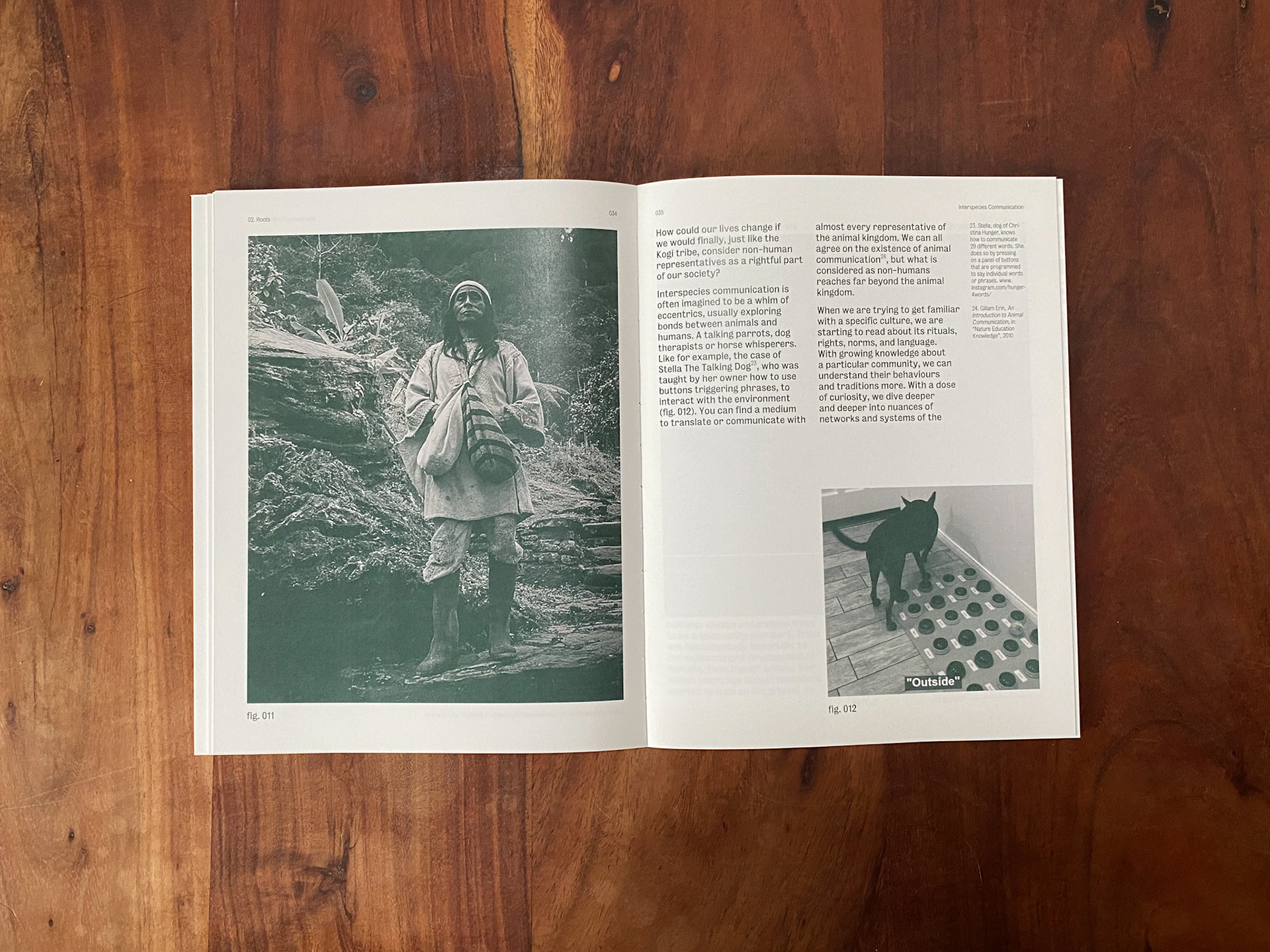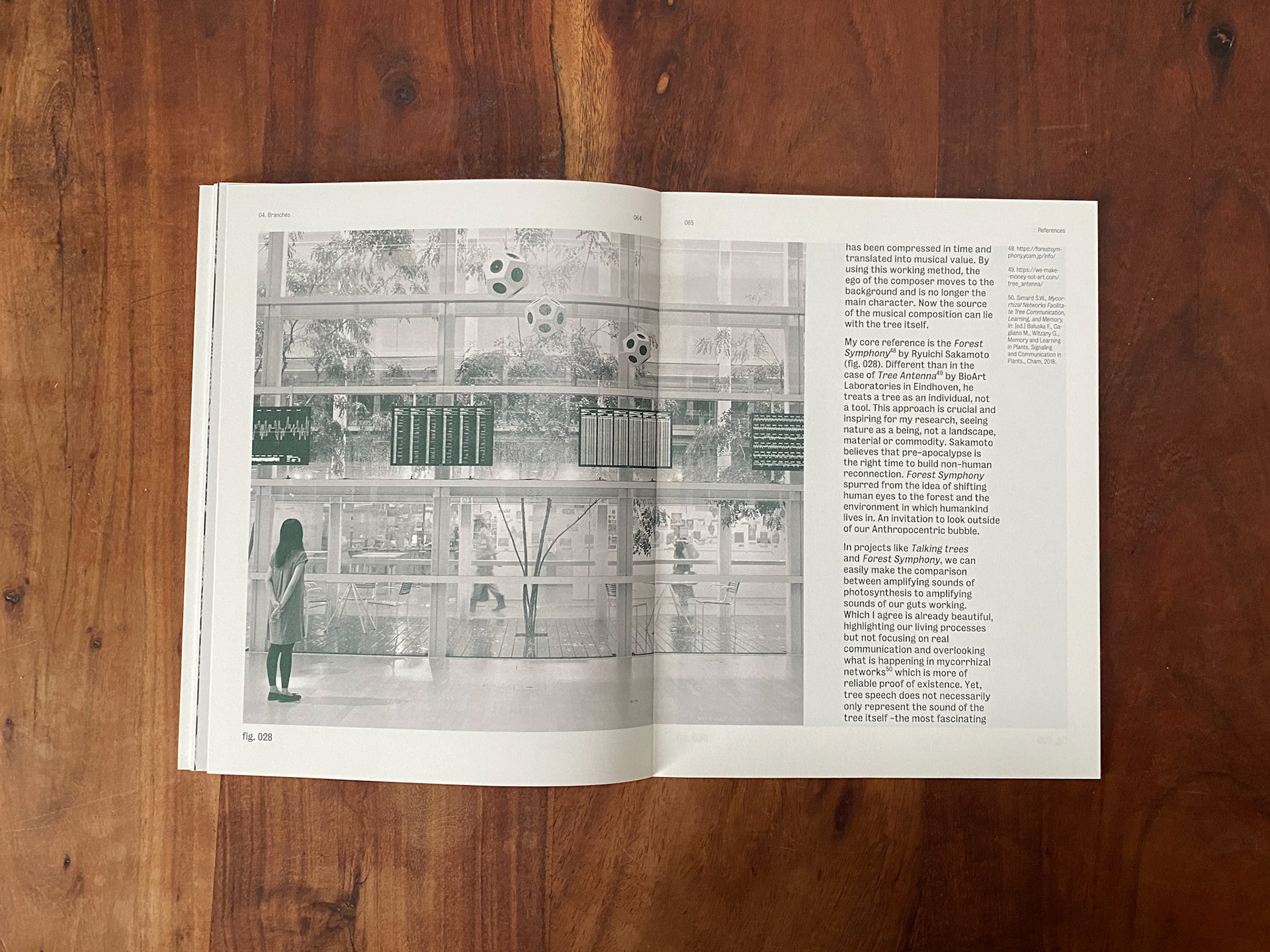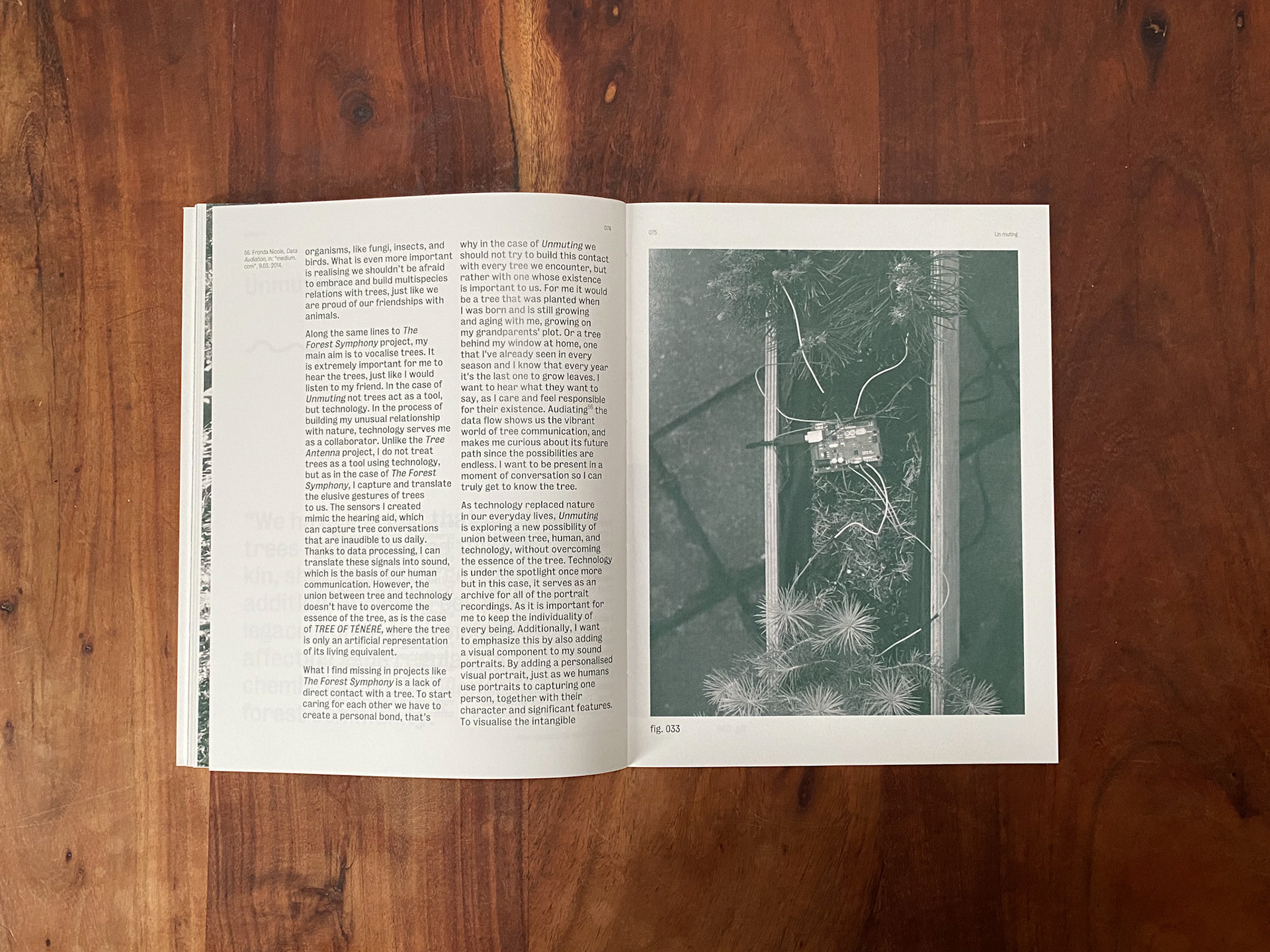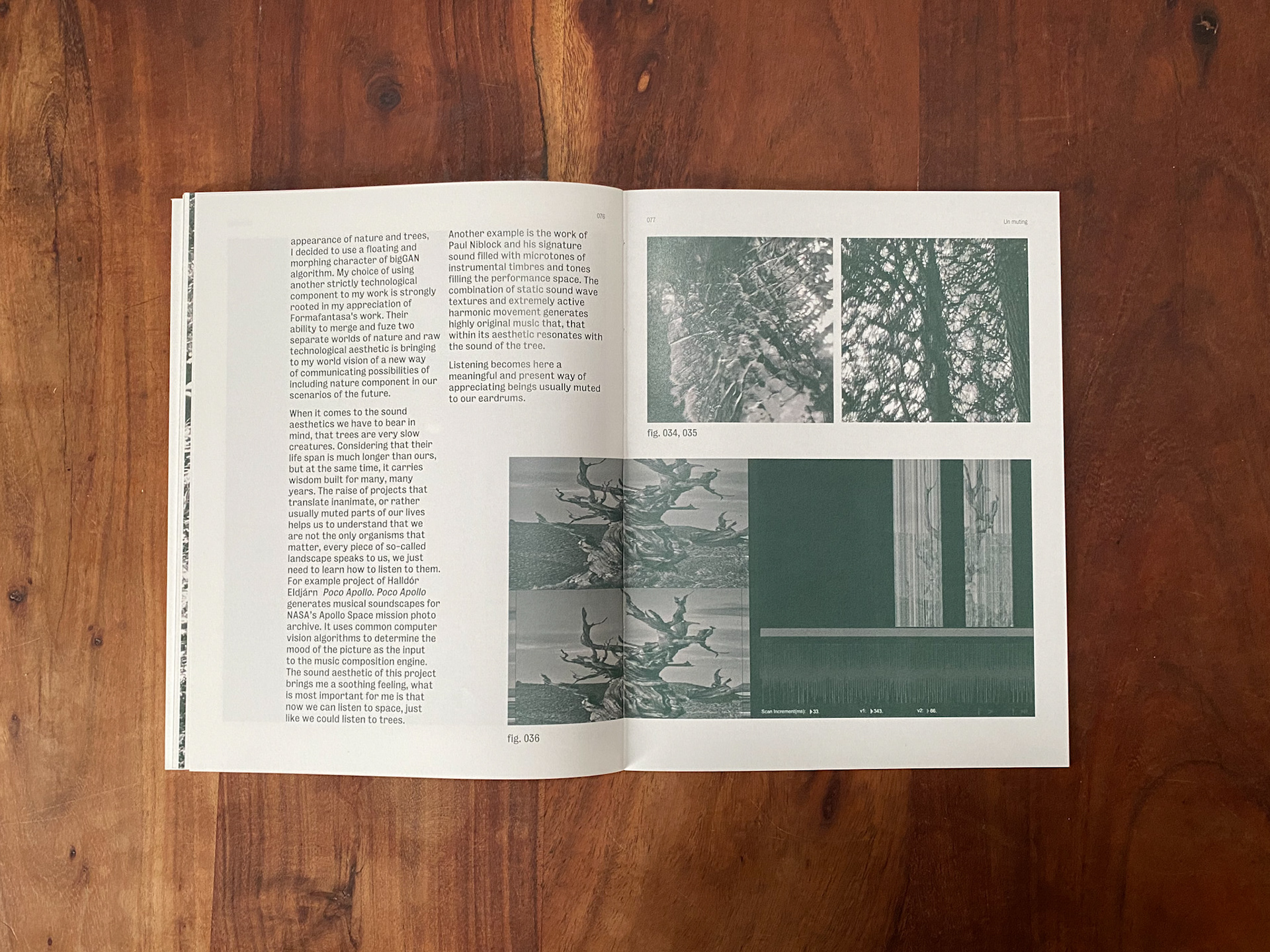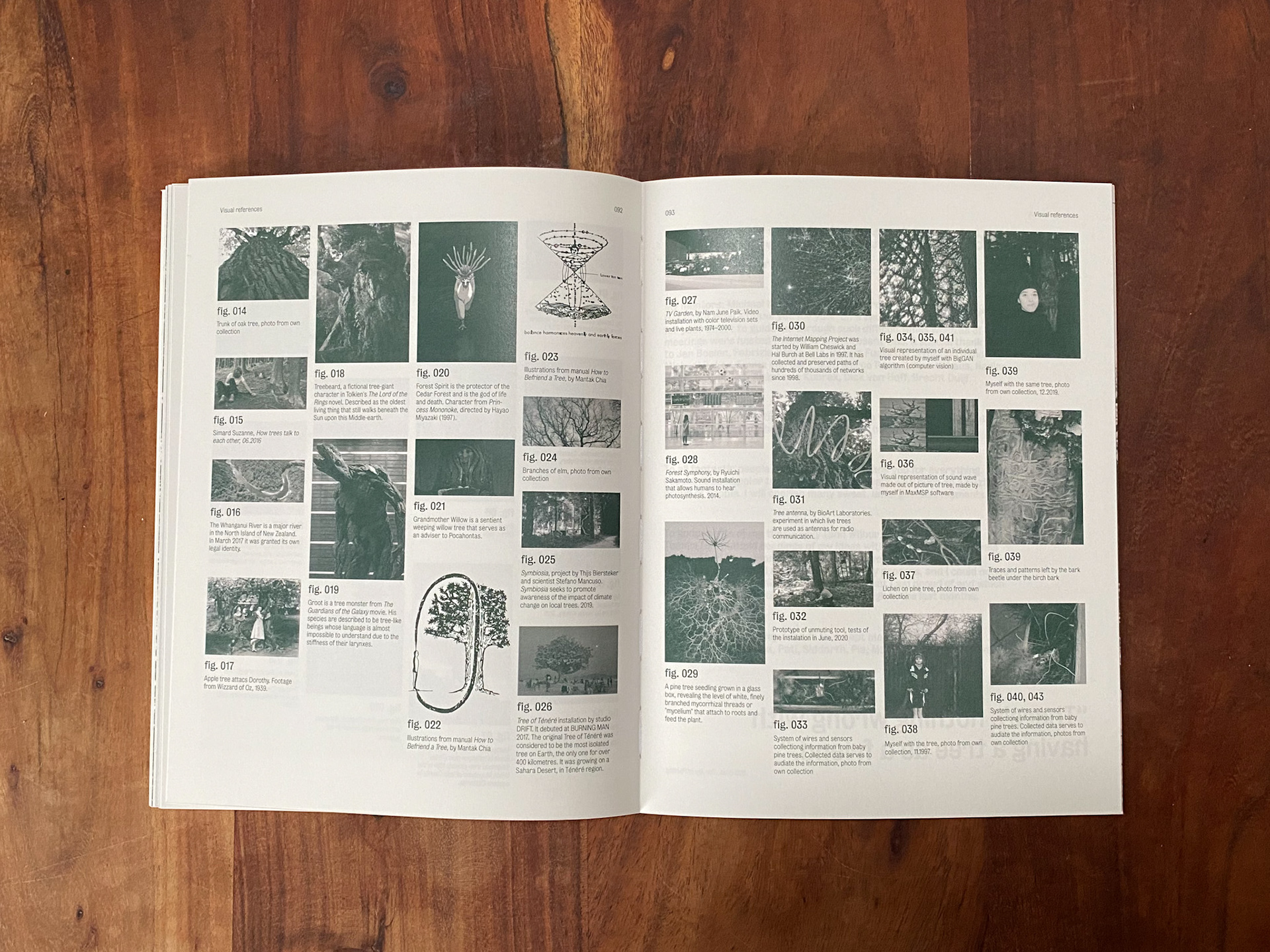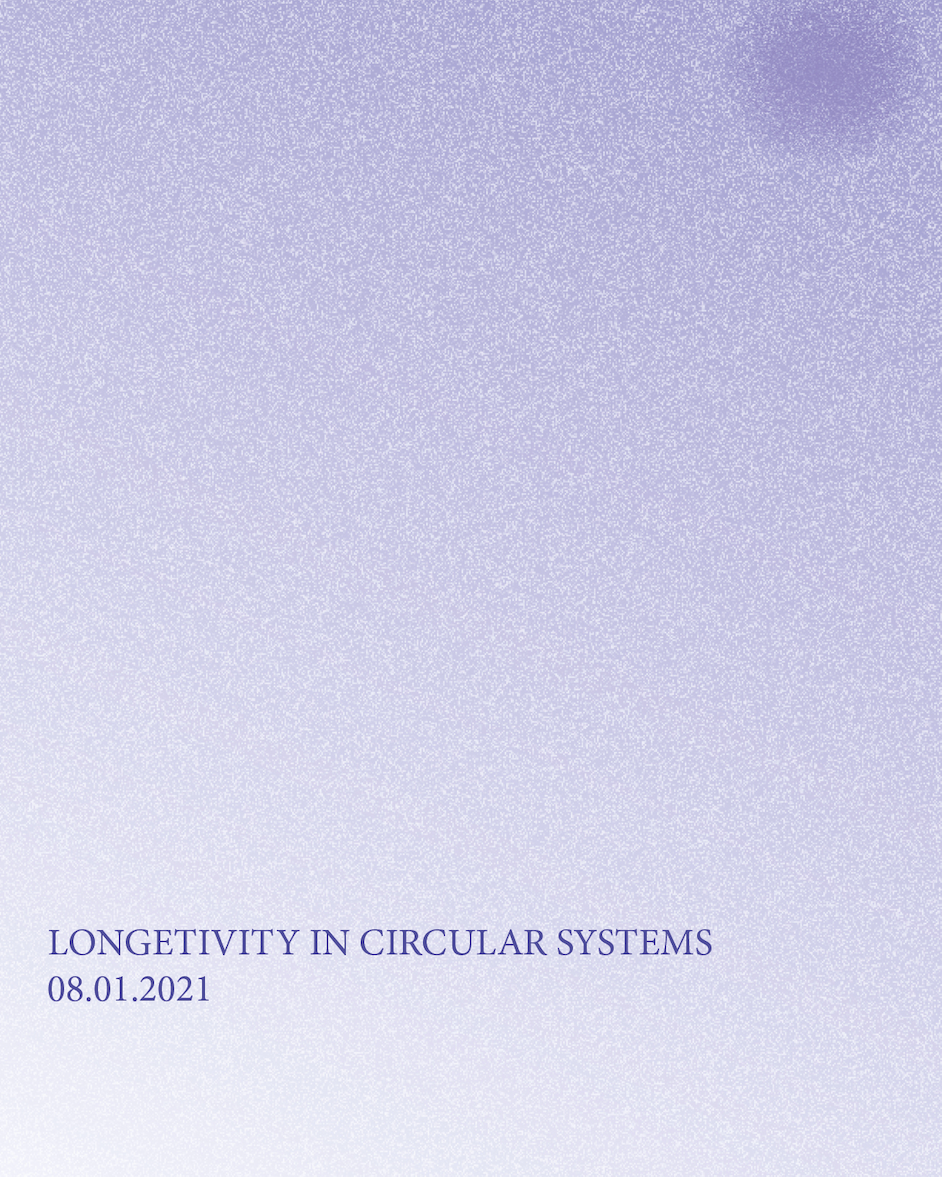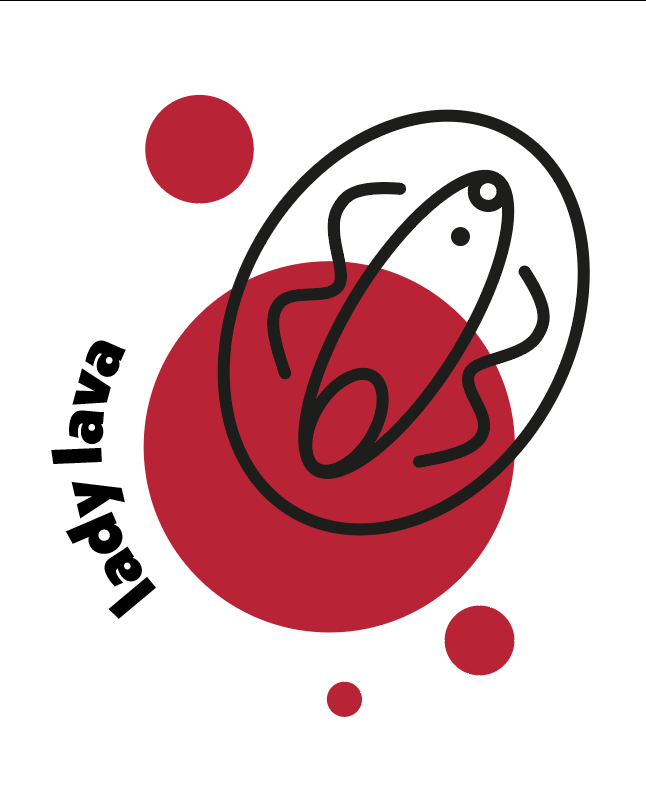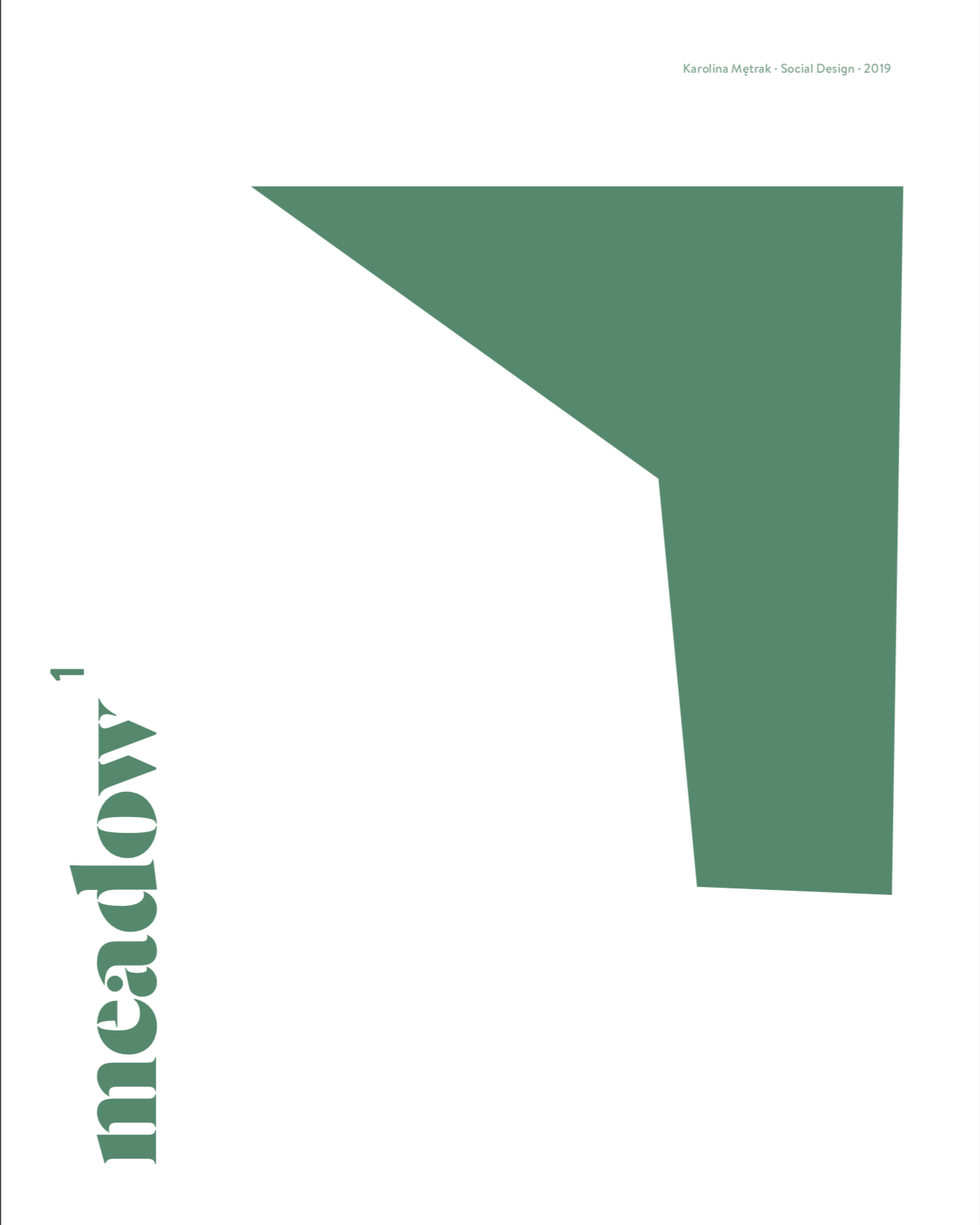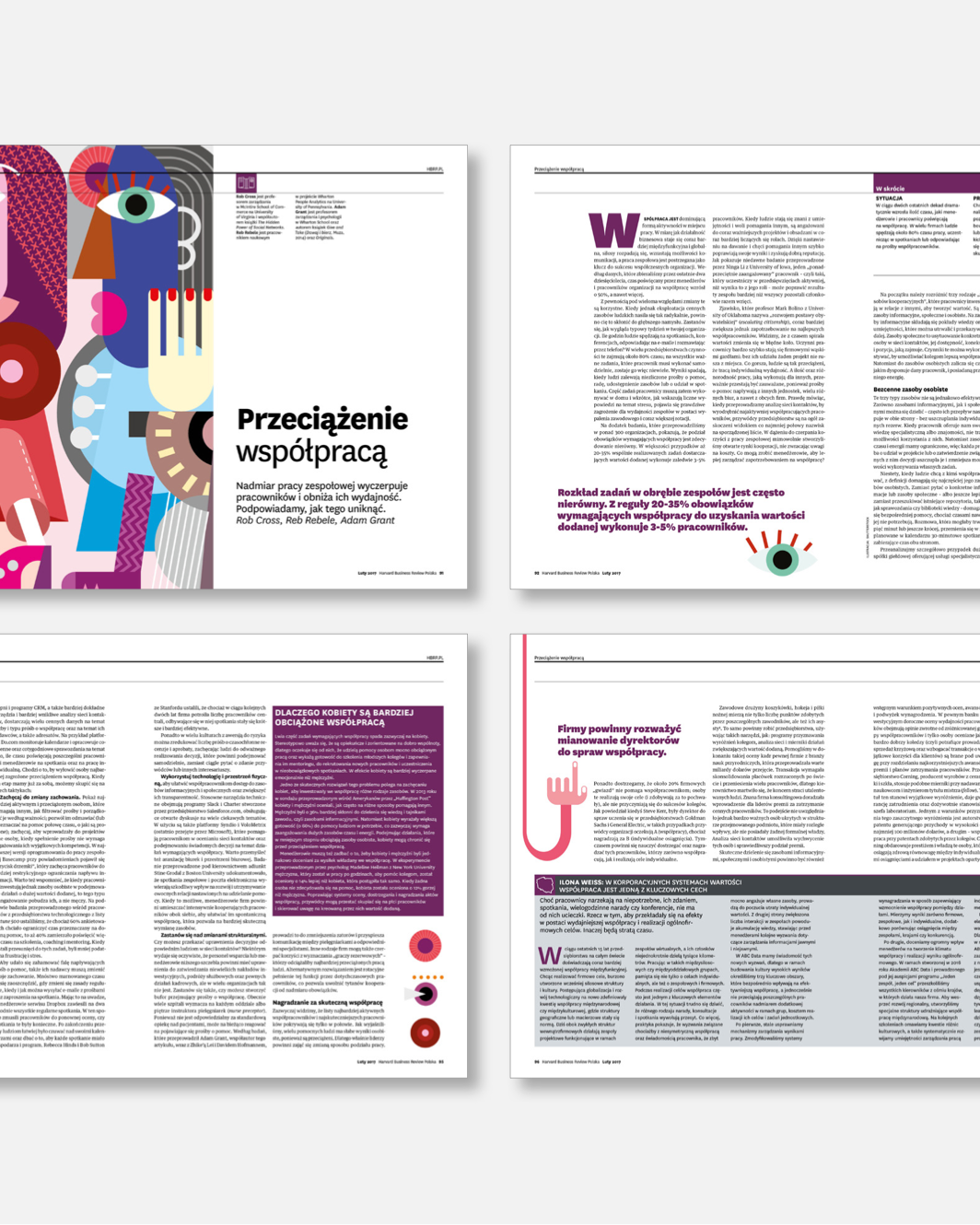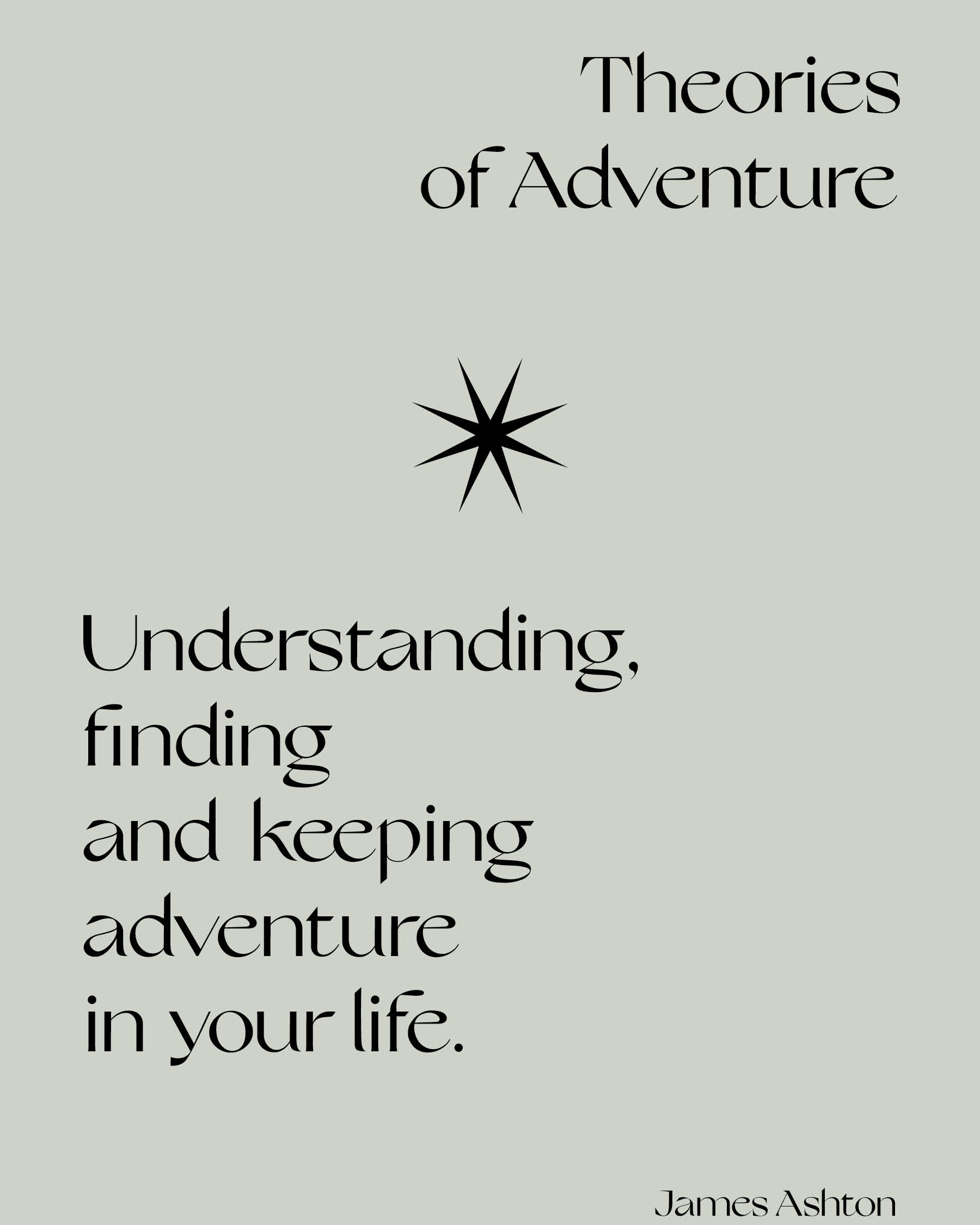00.
Abstract
Abstract
Can understanding non-human communication help us with collaborative survival in the age of the Anthropocene?
Tangled in our everyday lives, we seem to sink in capitalism. By entering into the age of the 6th mass extinction, we face the last chance of rethinking our constructs and egocentric actions. With the increase in our advantage as a species, our connection with nature and trees became looser and eventually enough to lose our bond.
With this thesis, let me guide you, through the concepts of opening up for new perspectives of non-human factor, the ongoing debates on how our earthly survival could be beneficial for both sides, and how acknowledging different cultures has proven its beneficial power.
When looking at the kingdom of nature, you see a dictionary full of different vibrations, tones, frequencies, colours and emotions. Sensing the conversation could be the way to include and understand non-humans.
What I find the most beautiful in this concept is how easily you can sense other ways of expression. By looking at network systems of trees, I’m wondering if in the future we could expand the concept of interspecies communication, and include trees into our dialogue.
My core premise is to get rid of the utilitarian approach to trees, and instead consider listening to them. In my proposal, not trees serve as a tool, but the technology. Which makes it easier for me to establish a strong bond of kinship with trees.
I capture and translate the elusive gestures of trees to humans, believing that by listening to trees, we can improve our weakened relationship with nature.


